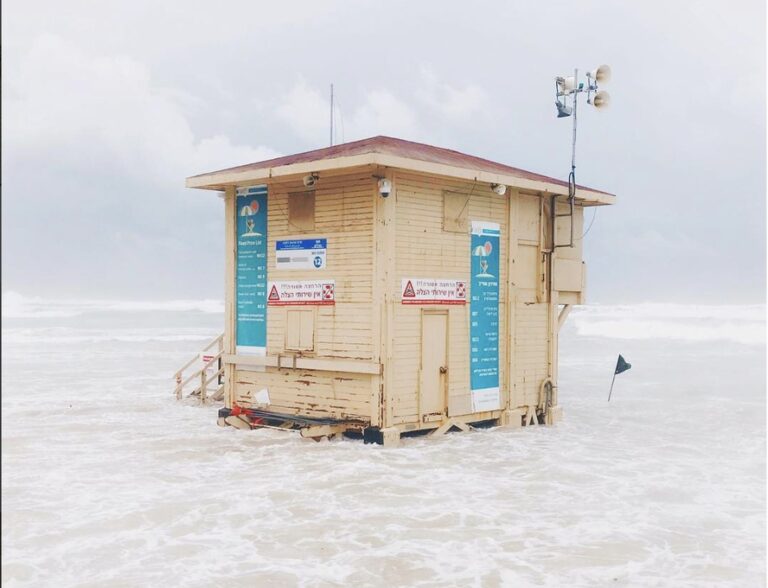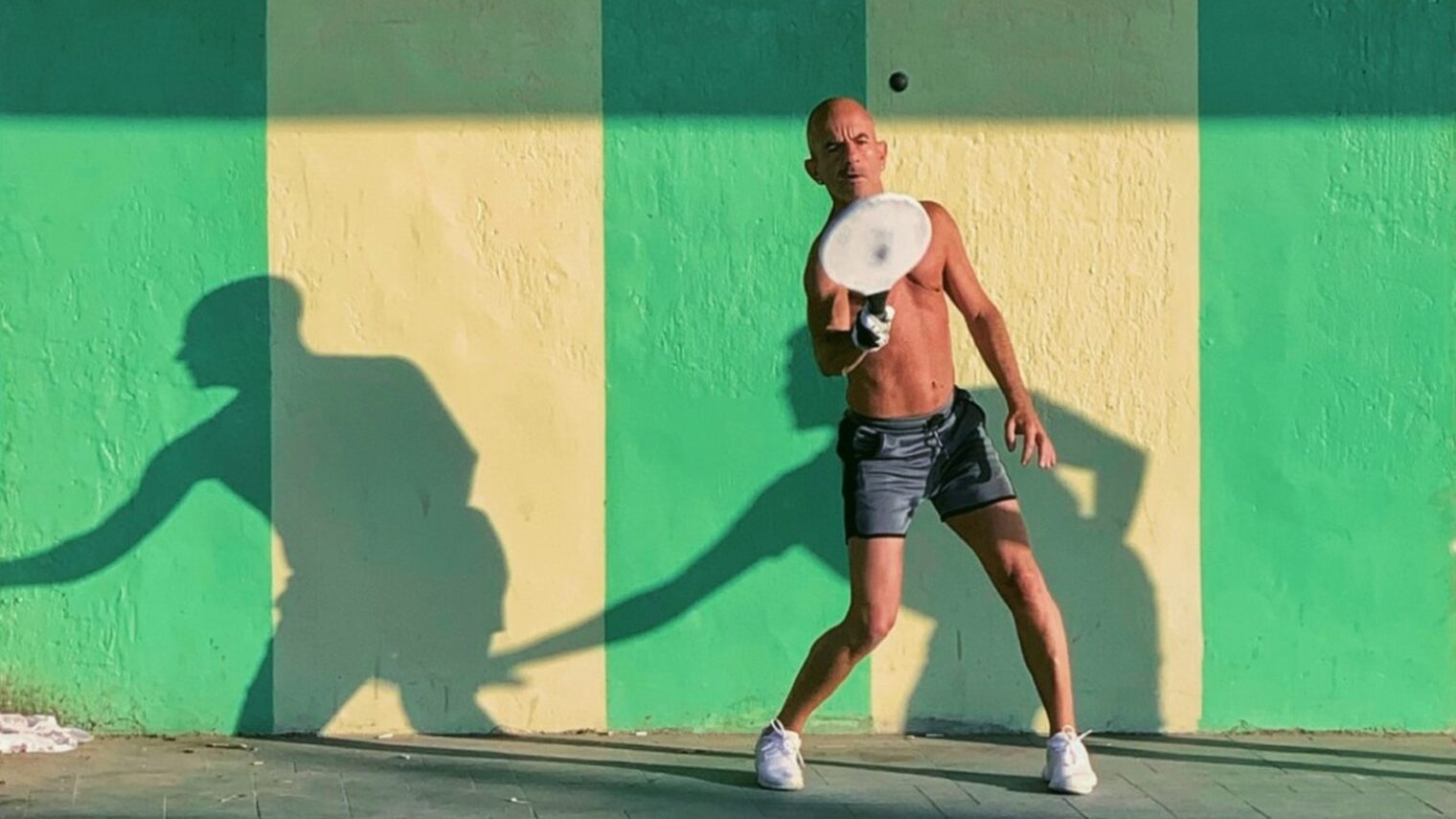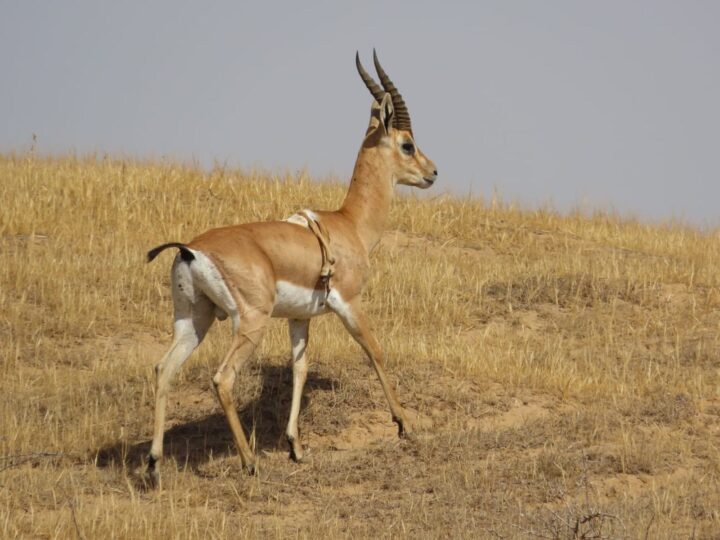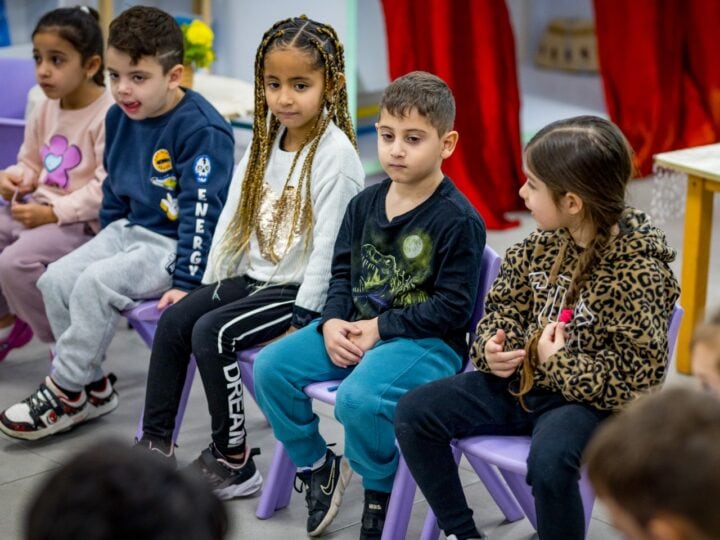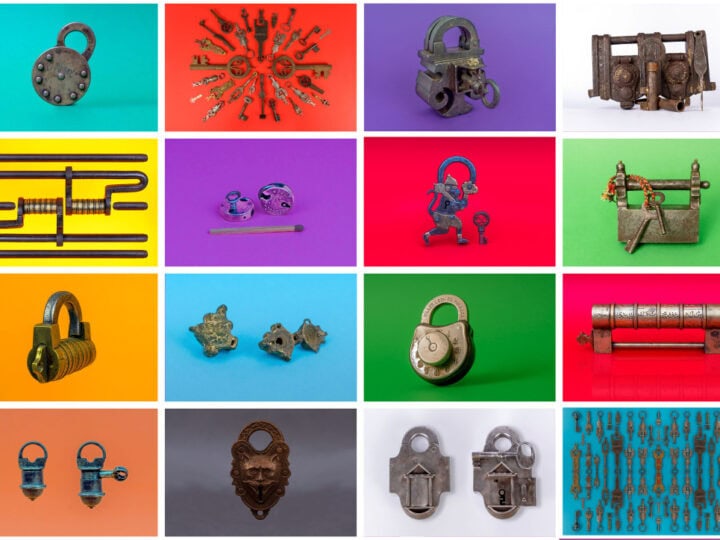Teddy Cohen’s photographic eye ponders things from a different perspective.
In his most popular series, “Aligning the World,” he held his camera at an angle to take pictures of crooked things in public places — like a bent flagpole – so that the wonky object looks straight in the frame and the environment around it looks warped.
“As a visual thinker, I’m always looking at my surroundings. I like to capture moments or compositions that I think are interesting,” says Cohen.
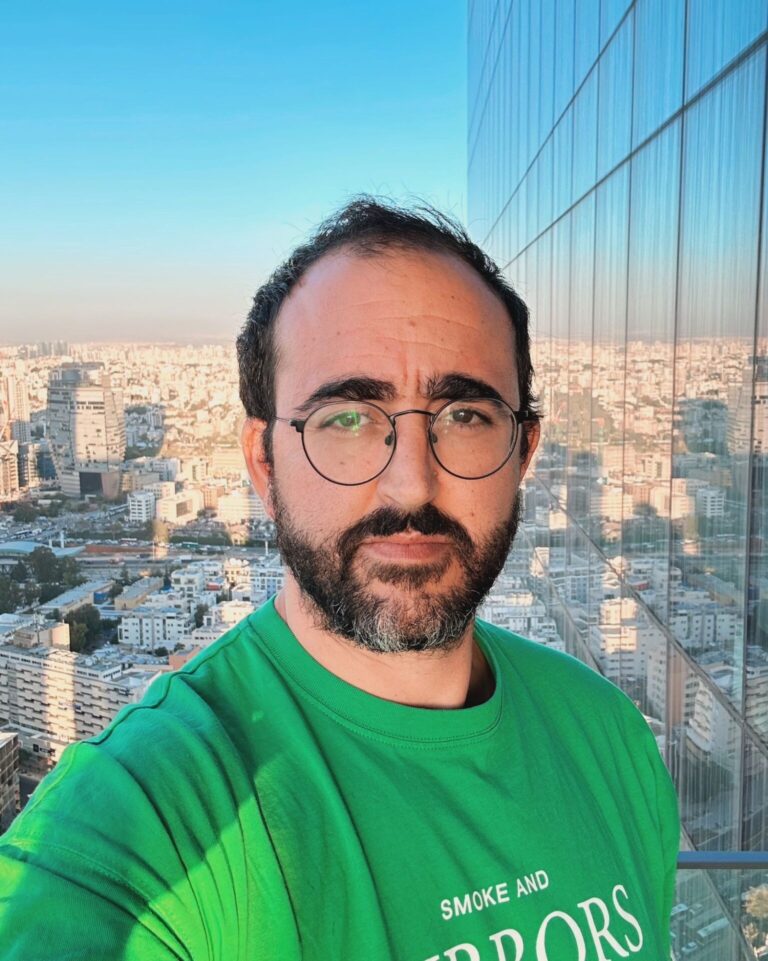
“What catches my eye is colors and patterns in the public space. I look at the city as a collection of shapes and colors.”
A free outdoor exhibition of 40 of his photos, titled “Spatial Engineering: Photography from a Different Angle,” opened on March 16 as part of the Israeli Season for Design in Holon.
The photos are on display 24/7 through May 30 in the Museum Garden adjacent to the Israel Cartoon and Comics Museum.
His Instagram page has 12.4k followers. “I like other people to look at my photos and give me feedback,” he tells ISRAEL21c.
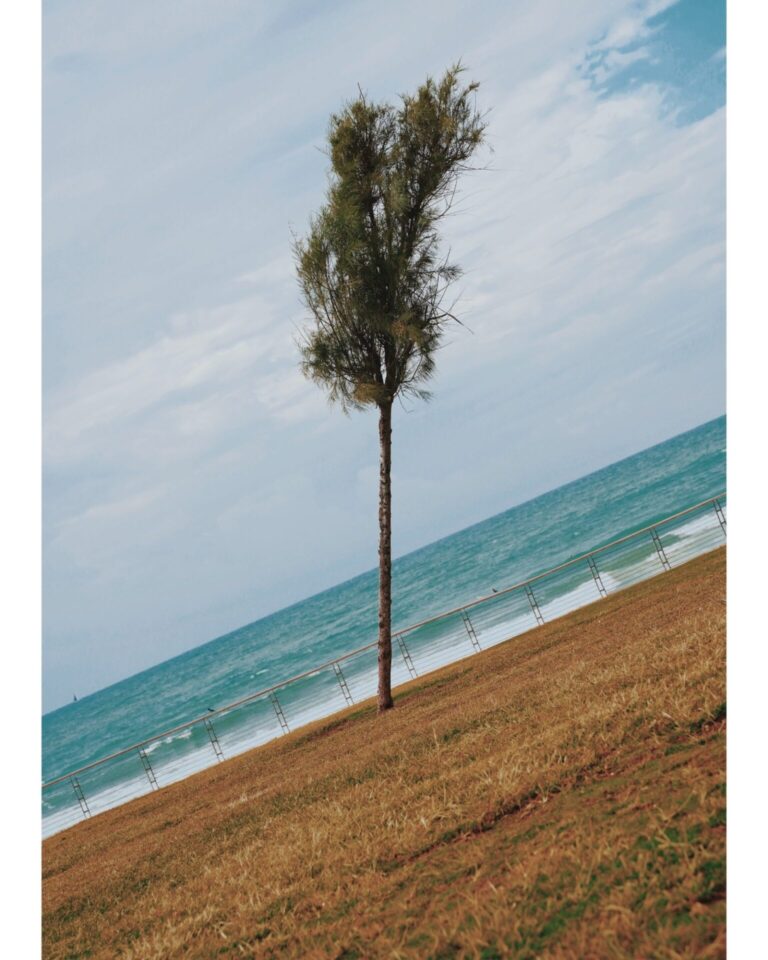
In Cohen’s day job at fintech company Melio in Tel Aviv, he supervises product designers. But with a degree in visual communication from Bezalel Academy of Art and Design in Jerusalem, he devotes his off hours to roaming around with his iPhone and Sony camera taking unusual shots or ordinary shots that he’ll turn into something unusual.
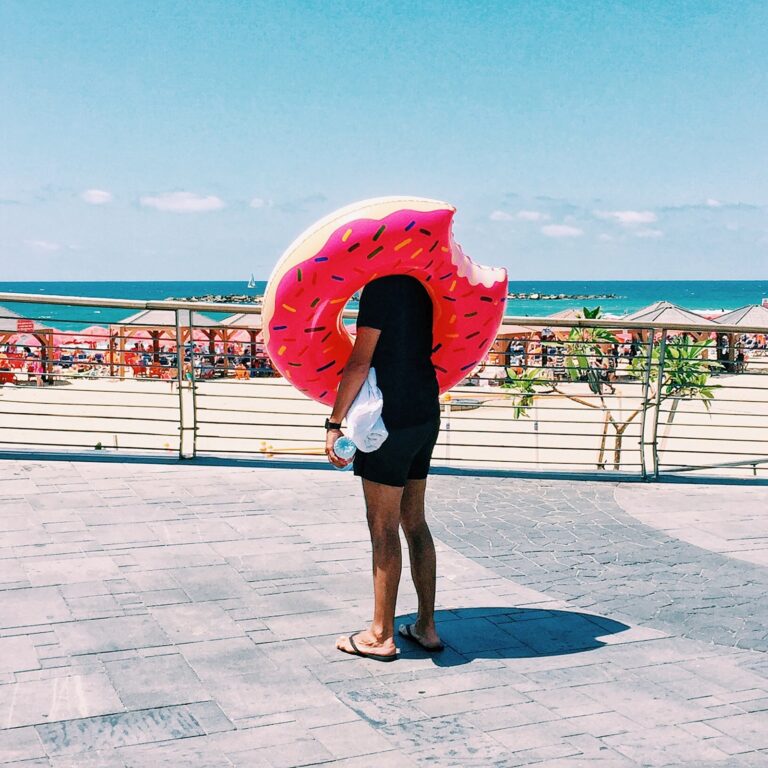
During one of the coronavirus quarantine periods, he took about 900 photographs of signs in which shop owners bade goodbye to their customers. He titled this series “Dear Customers” and dedicated it in tribute to the business owners.
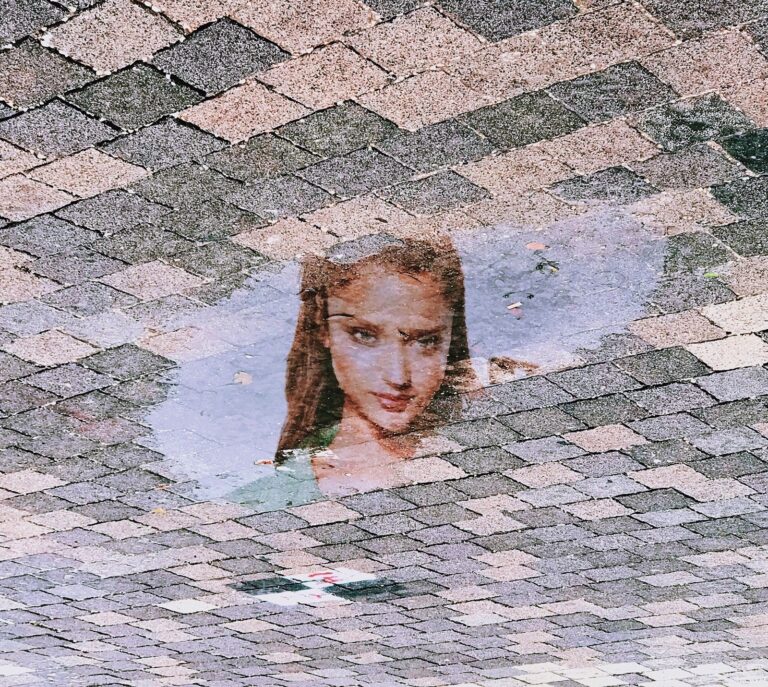
He replaces Instagram’s filters and tools with photo processing apps to produce unrealistic landscape shots and people who become spots of color. His photos are infused with subtle humor, surprises and pathos.
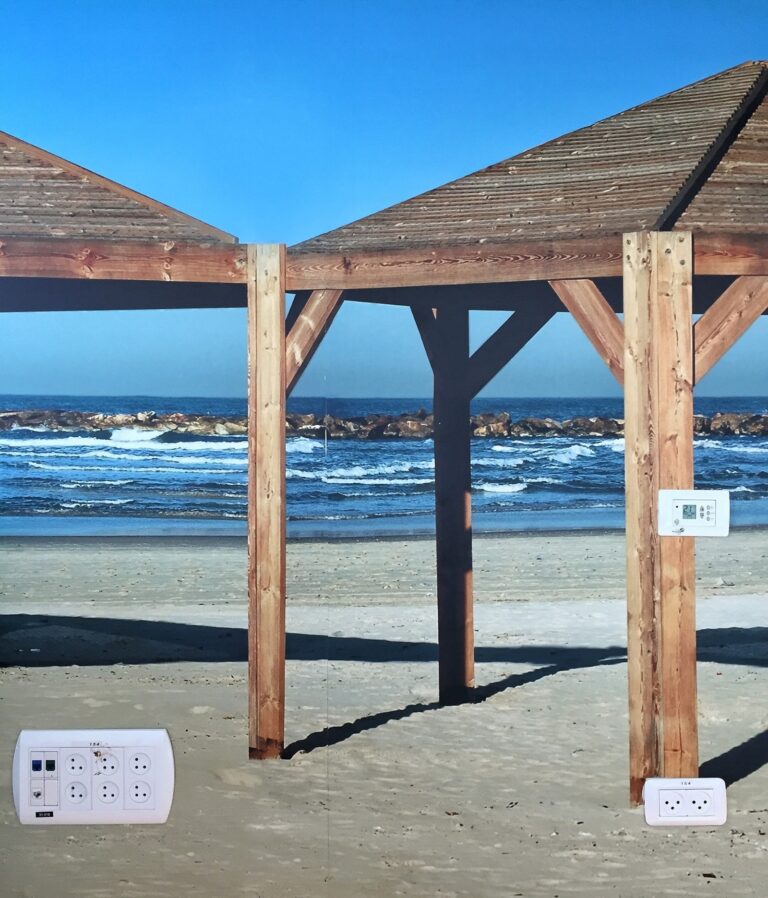
Cohen’s work has been the focus of solo exhibitions at Kuli Alma club and at Hamifal 3 gallery in Tel Aviv as well as a few group exhibitions at venues including the Architect’s House gallery in Jaffa.
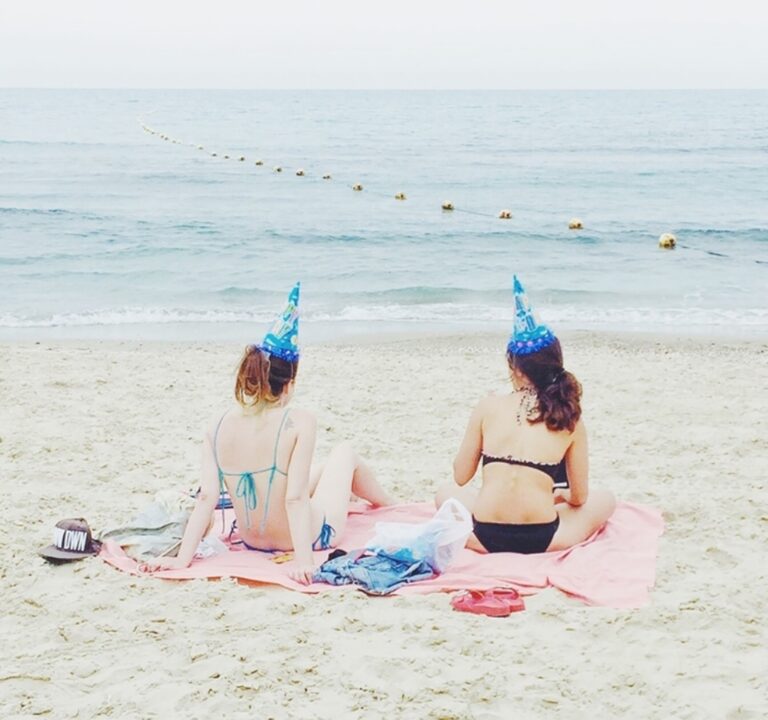
He won a third-place iPhone Photography Award in 2014 in the competition’s animal category for his picture of a white dog on a white floor.
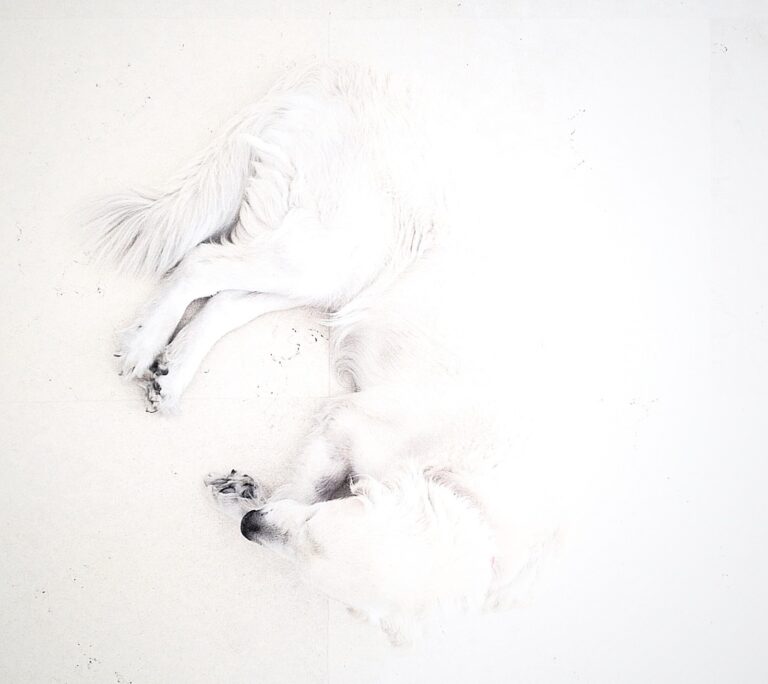
“I am always interested in what is not in the picture, if there are signs of an object that is not actually in the photograph. Is something missing, gone, hidden, covered, deleted? Was there something here once or will there be in the future?” Cohen muses.
“In the world we live in, we have a tendency to miss objects that we pass by on a daily basis without seeing the full picture — and what is a full picture, really?”
